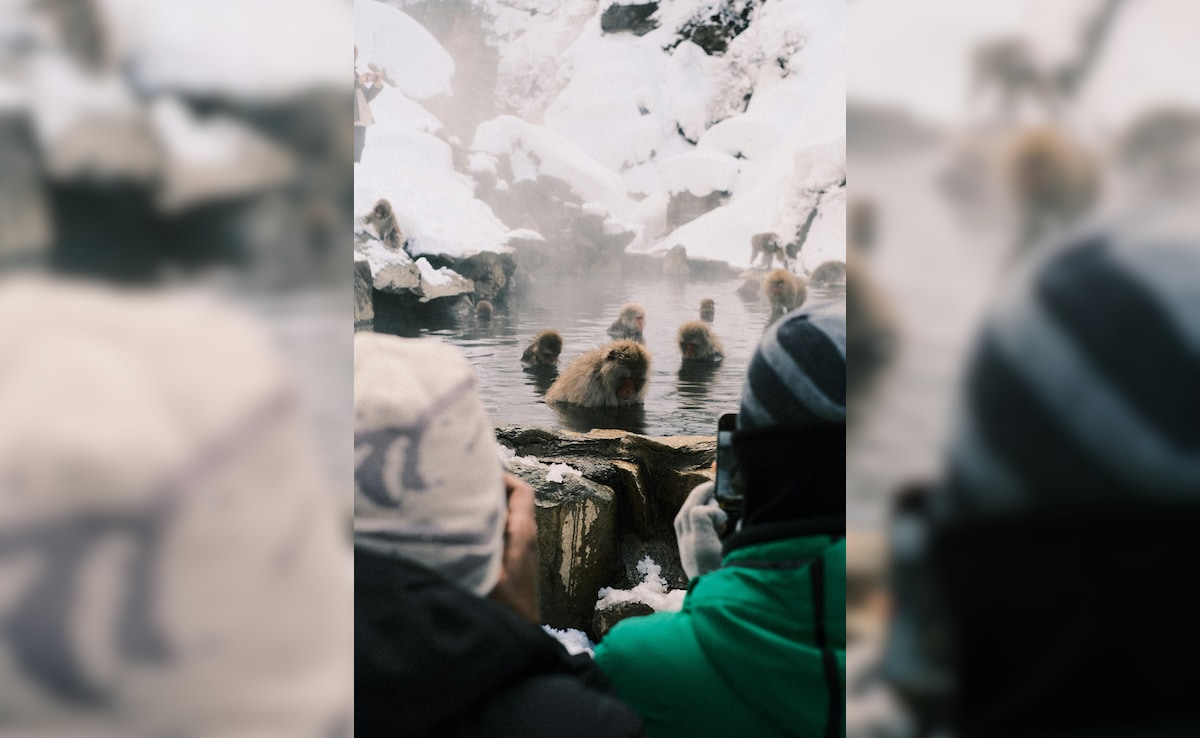
Japan has always been a crowd puller. From their charming cherry blossoms to their rich cultural heritage, the reasons are plenty. Equally beautiful are the country's hot springs, also known as onsen. Every year, travellers across the world flock to these rejuvenating mineral-rich waters to experience the ultimate relaxation. Scenic surroundings at the hot springs make the tranquil activity even more enjoyable. There are more than 20,00 of these natural pools in Japan. But seems like Japan's booming tourist business is impacting the country's natural resources.
Also Read: This Beautiful Japanese City Is Dubbed As 'Seventh Ring Of Hell'. Here's Why
Japan's surge in tourism has left several onsen towns running low on water, reported CNN. One of the most-affected towns is Ureshino. The place is nestled in the majestic Saga Prefecture mountain range, on the western island of Kyushu. Misty landscapes and picturesque tea fields dominate the region. But, Ureshino primarily boasts some of the most sought-after onsens. They are operated by over 30 ryokans (Japanese inns) and hotels.
Also Read: Why Shoveling Snow Is Japan's Newest Tourist Attraction (And Why Tourists Love It)

Photo Credit: Pexels
Initially, Ureshino was a hotspot for domestic tourists. There were only a meagre 25,000 residents here. Over time, Ureshino has gained popularity among international visitors as well. This has led to the sudden spike in tourism, ultimately causing the water shortage.
Hironori Hayase, Ureshino's Deputy Mayor, in a statement, said, “Compared to before the Covid-19 pandemic, the number of tourists has increased, which led to greater hot spring usage at ryokans and other facilities.”
Last year, the average water level at major Ureshino onsens registered a record low of 39.6 meters, claimed a Japanese national broadcaster. It was a 20 percent dip compared to the 2023 record of a 50-metre level.
Also Read: When To See Cherry Blossoms In Japan In 2025
According to Ureshino's mayor, Daisuke Murakami, the source of these hot springs remains sustainable. The officials, however, have asked ryokans and hotels to curb the usage of private in-room baths, especially during late-night hours.
Communal onsets are quite cheap, but visitors are willing to pay more to soak in these hot springs at their private space in hotels or inns. This rise in preference has led to a surge in the demand for water in these individual rooms, straining overall availability.
Track Latest News Live on NDTV.com and get news updates from India and around the world

